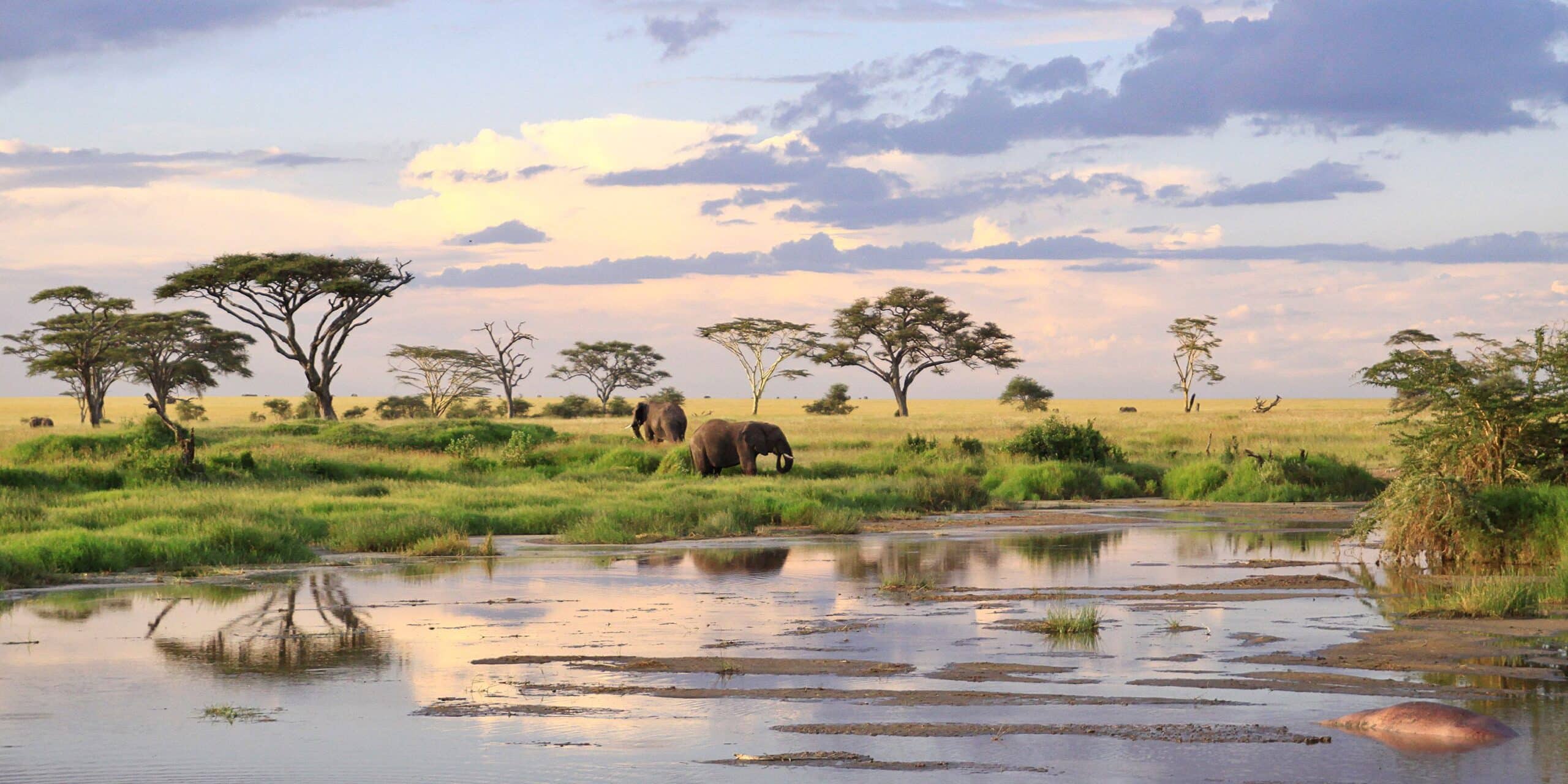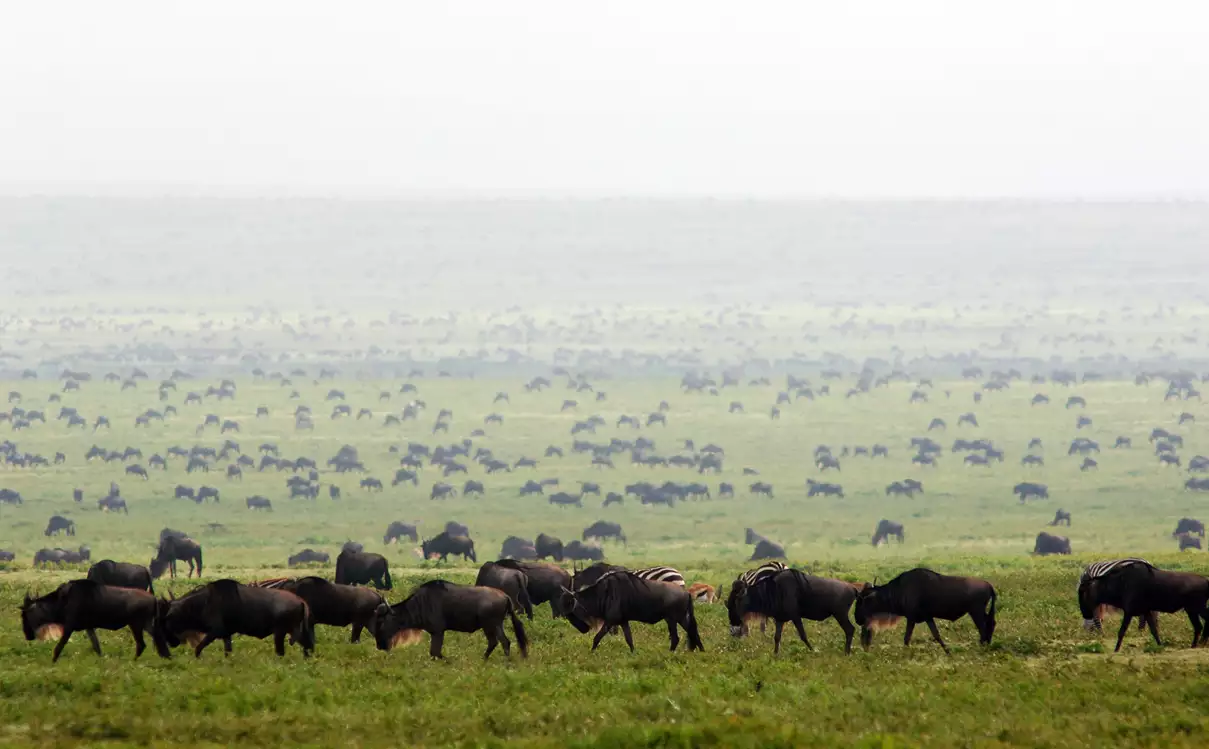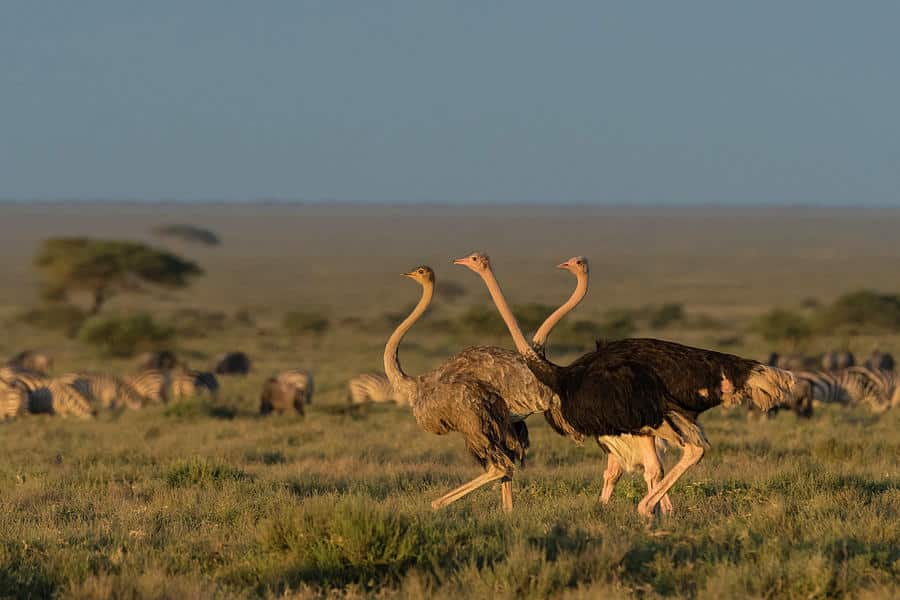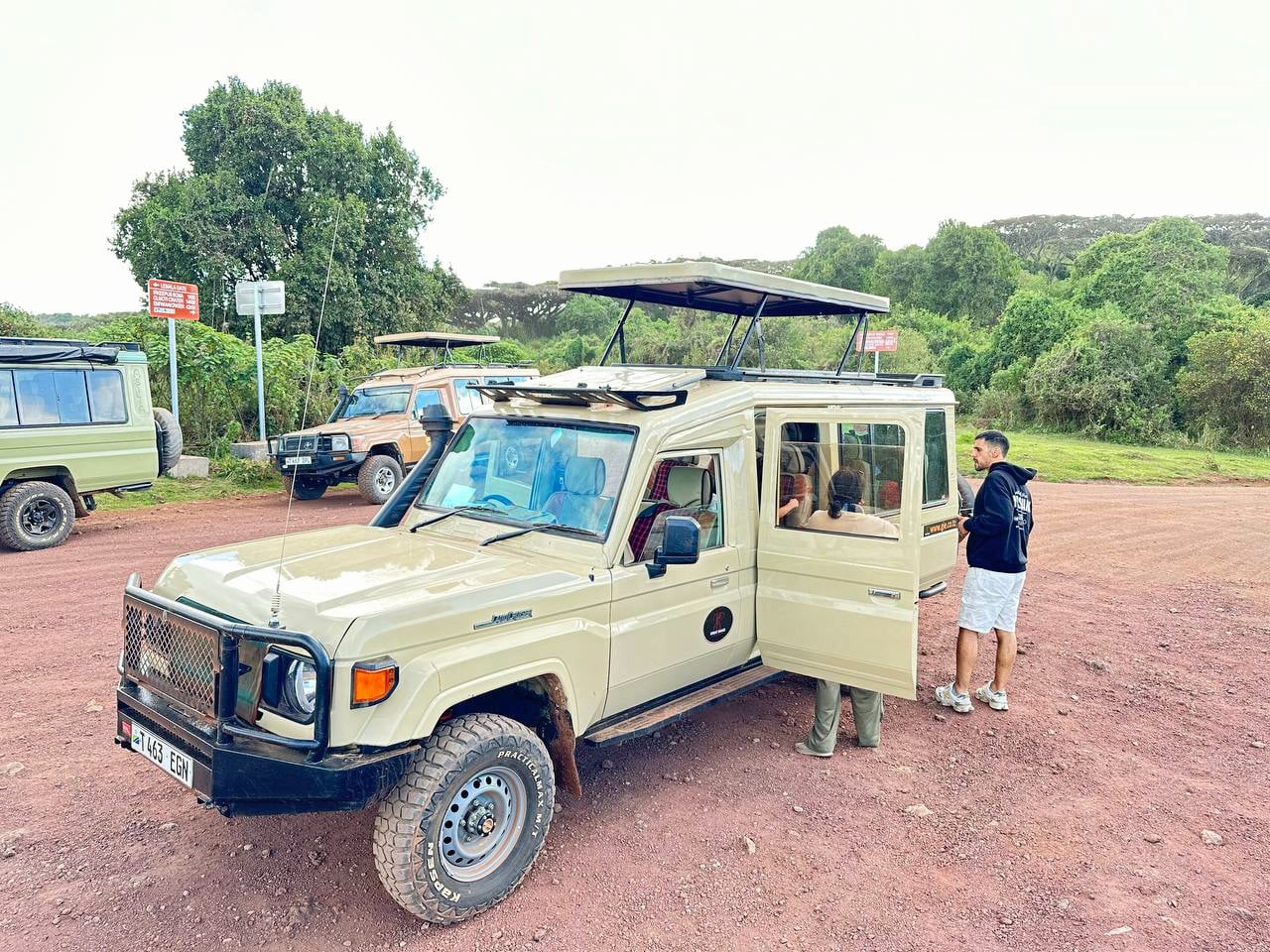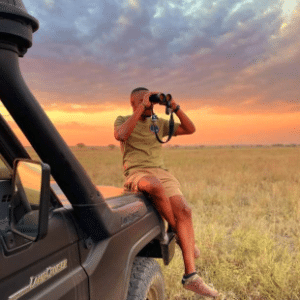What to See in Serengeti Park, Tanzania: A Complete Safari Guide for 2025
Welcome to the Wild Heart of Africa
Stretching across more than 14,750 square kilometers of unspoiled savanna in northern Tanzania, Serengeti National Park is one of the most iconic wildlife destinations on Earth. A UNESCO World Heritage Site and home to the world’s largest terrestrial mammal migration, the Serengeti is more than a park—it’s a living, breathing masterpiece of nature.
Whether you’re planning your first African safari or returning for a deeper immersion, here’s your comprehensive guide to what to see in Serengeti Park, Tanzania.
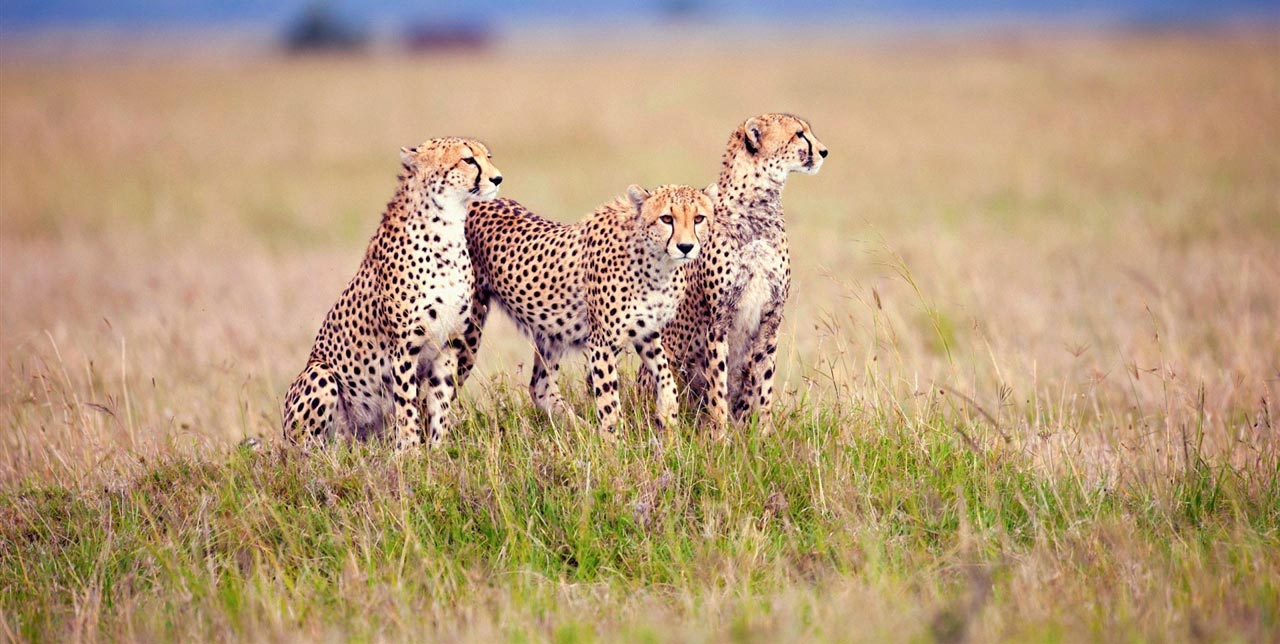
🐾 The Great Wildebeest Migration: Nature’s Grandest Journey
If there’s one spectacle that defines the Serengeti, it’s the Great Migration. Over 1.5 million wildebeests, accompanied by zebras, gazelles, and elands, journey across the plains in search of greener pastures. This awe-inspiring cycle of life unfolds year-round and can be witnessed in different parts of the park:
- December to March – Calving season in the southern plains (Ndutu region)
- April to June – Herds move northward through central Serengeti
- July to October – River crossings at the Mara and Grumeti Rivers in the north
Insider Tip: Witnessing a Mara River crossing is raw, emotional, and unforgettable—where survival instincts and crocodile-infested waters collide.
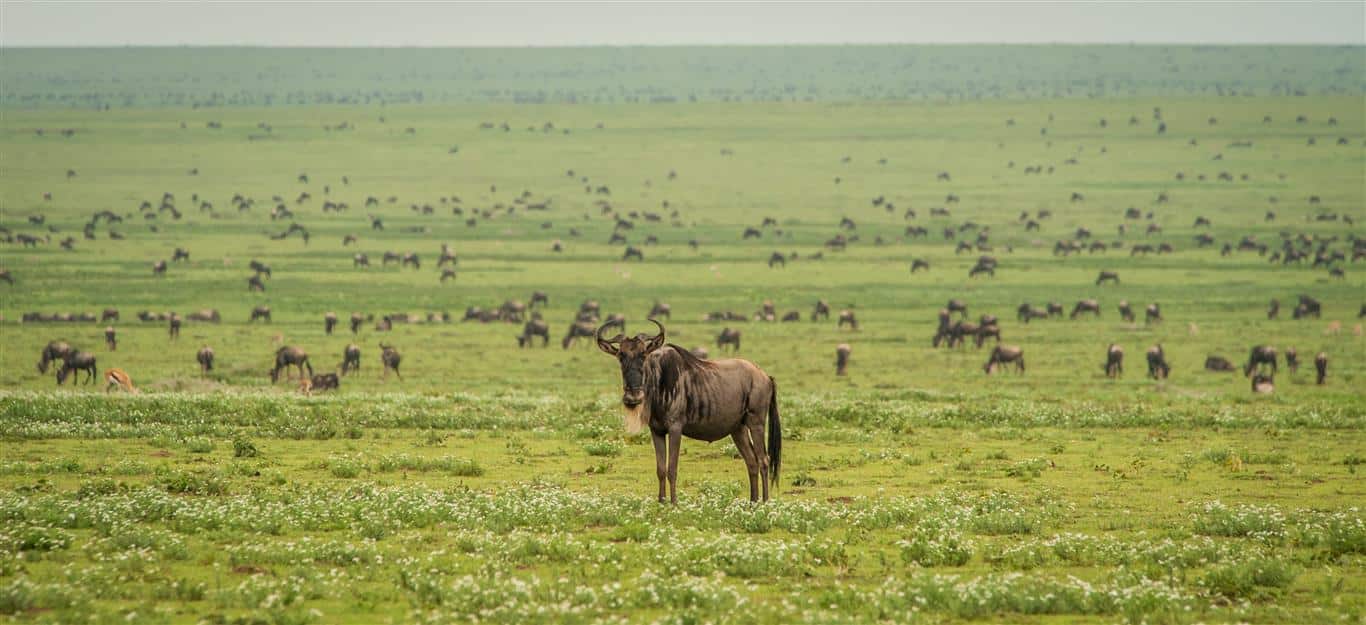
🦁 The Big Five and Beyond: Wildlife Watching in Its Purest Form
Serengeti National Park is one of the best places in Africa to spot the Big Five:
- Lions – The park is home to Africa’s largest lion population
- Elephants – Frequently seen around river systems and woodlands
- Leopards – Most often spotted in the Seronera Valley
- Buffalos – Abundant and often seen in large herds
- Rhinoceros – Though rare, black rhinos can be seen in the Moru Kopjes area
But the Serengeti isn’t just about the Big Five. You’ll also encounter cheetahs, giraffes, warthogs, hippos, hyenas, jackals, and hundreds of smaller species—each playing its part in this intricate ecosystem.
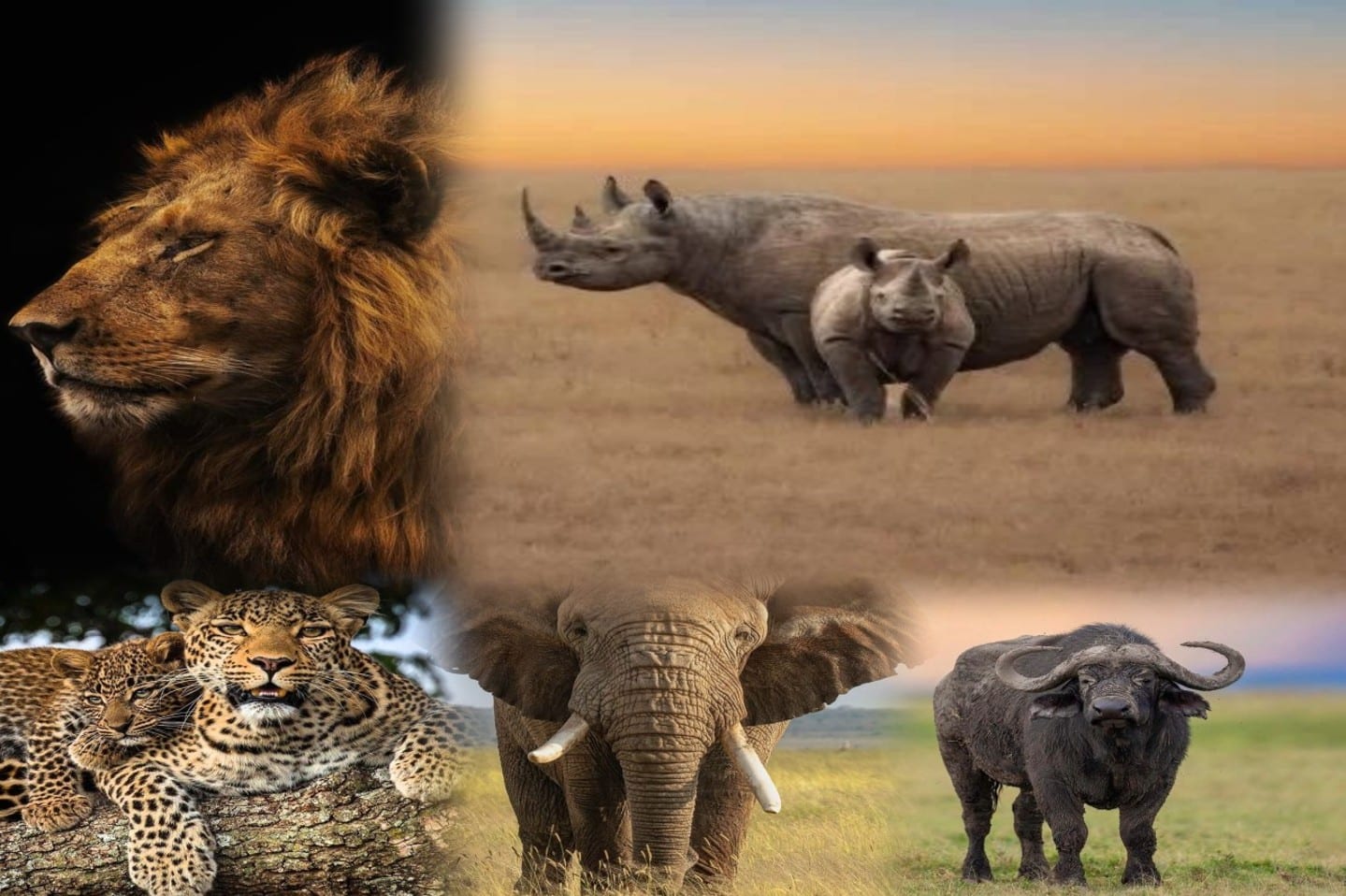
🌅 Hot Air Balloon Safaris: See the Savannah from the Sky
Imagine drifting silently over golden plains as the sun rises and the wildlife below begins to stir. Hot air balloon safaris in the Serengeti offer a breathtaking, once-in-a-lifetime view of the park.
You’ll see:
- Wildebeest herds from above
- Predators on early morning hunts
- Giraffes stretching to reach acacia leaves
- Watering holes brimming with activity
Pro Tip: Book your balloon safari well in advance—spaces fill up fast, especially during peak migration months.
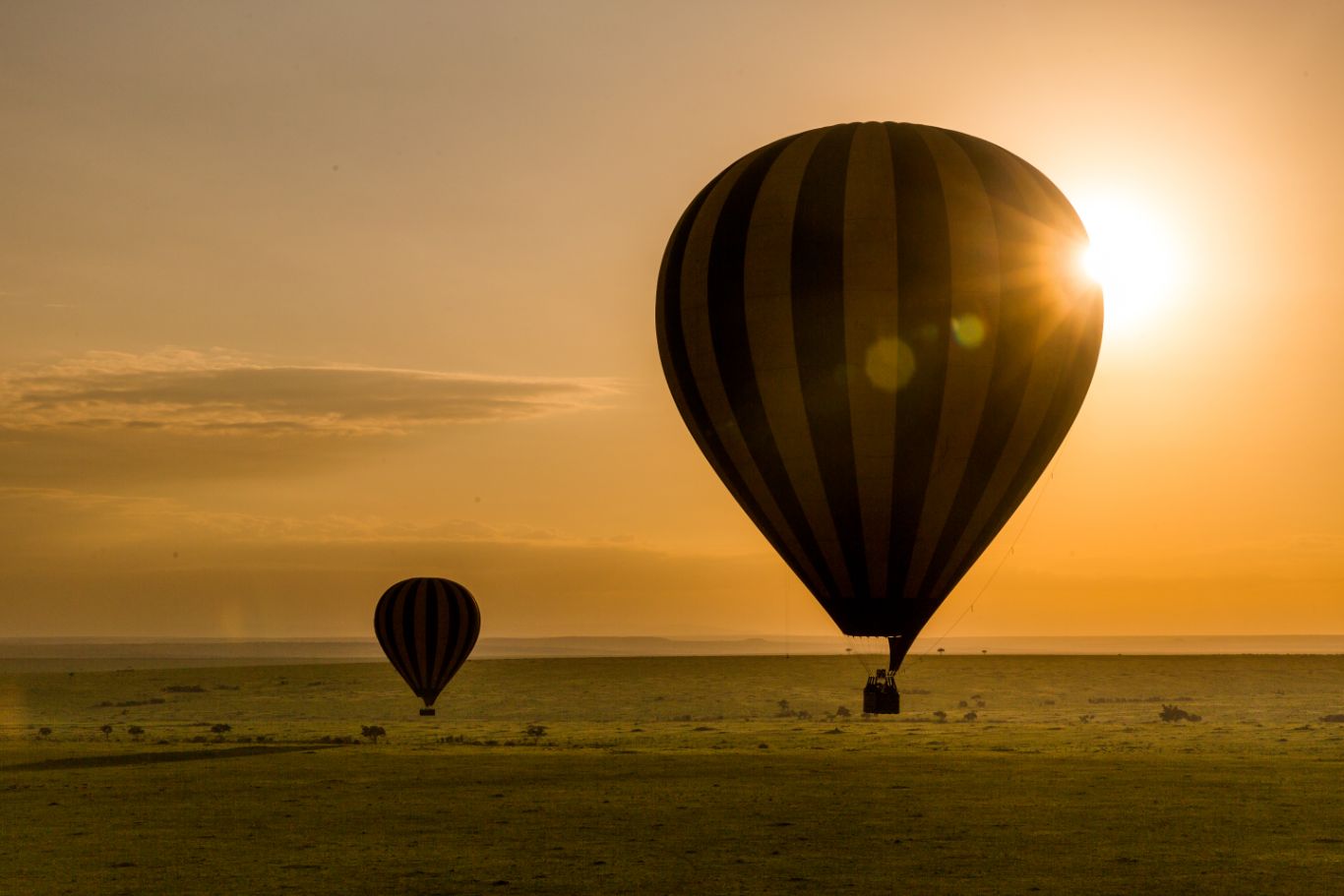
🌿 Seronera Valley: The Beating Heart of the Serengeti
Located in central Serengeti, the Seronera region is often described as the best year-round game-viewing area in the park. Thanks to permanent water sources, it attracts predators and prey alike, making it ideal for:
- Day and night game drives
- Photographic safaris
- Cheetah and leopard sightings
Don’t Miss: A sunrise drive in Seronera when predators are most active and golden light paints the plains.
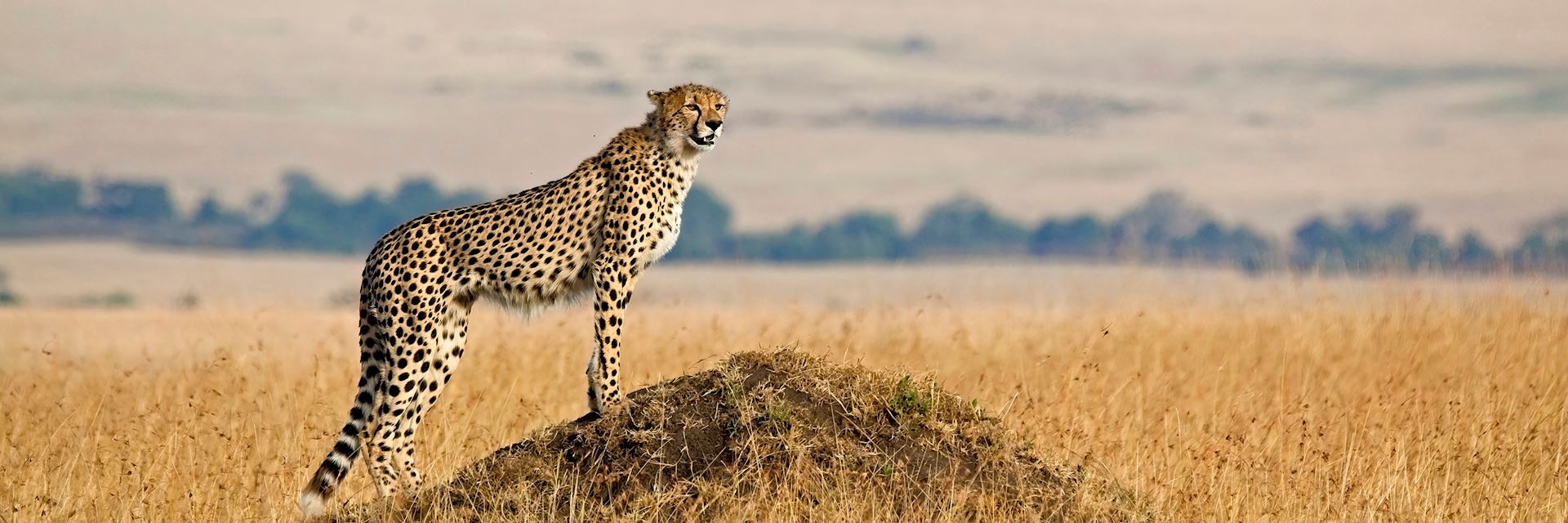
🏞 Hidden Gems: Hot Springs and Kopjes
For those who love discovering off-the-beaten-path spots:
- Mbalageti and Ngare Sero hot springs are peaceful oases perfect for wildlife watching and photography.
- Kopjes, rocky outcrops that punctuate the flat plains, are ideal hiding spots for lions and leopards and offer panoramic views for hikers and photographers.
These natural features add texture to the landscape and make the Serengeti feel both ancient and alive.
🍼 Calving Season: New Life and Predatory Drama
Between January and March, the southern Serengeti and Ndutu plains transform into a nursery as hundreds of thousands of wildebeests give birth. Each day, an estimated 8,000 calves are born.
Why visit during calving season?
- Excellent predator activity as lions, hyenas, and cheetahs follow the herds
- Spectacular photo opportunities of newborn wildlife
- Fewer crowds, making for a more personal safari experience
🦜 Birdwatching in the Serengeti: A Twitcher’s Paradise
With over 500 species of birds, the Serengeti is as much a birdwatcher’s haven as it is a safari-lover’s dream. Highlights include:
- Lilac-breasted roller
- Secretary bird
- Grey crowned crane
- Ostrich (the world’s largest bird)
- Martial eagle (one of Africa’s most powerful raptors)
Best time for birding: November to May, when migratory birds from Europe and Asia join the local species.
🗓️ Best Time to Visit Serengeti National Park
Here’s a seasonal breakdown to help you plan:
| Season | Highlights |
|---|---|
| Jan – Mar | Calving season, predator action |
| Apr – May | Lush landscapes, fewer crowds |
| Jun – Jul | Start of the Great Migration, excellent weather |
| Aug – Oct | River crossings, big cat sightings |
| Nov – Dec | Migratory birds, beginning of calving season |
🎒 Travel Tips for Your Serengeti Safari
- Pack layers – Mornings and evenings can be chilly
- Bring binoculars – Essential for birding and distant sightings
- Use a professional guide – Their knowledge enhances every game drive
- Stay in eco-lodges or mobile camps – To reduce your footprint while enjoying authentic safari experiences
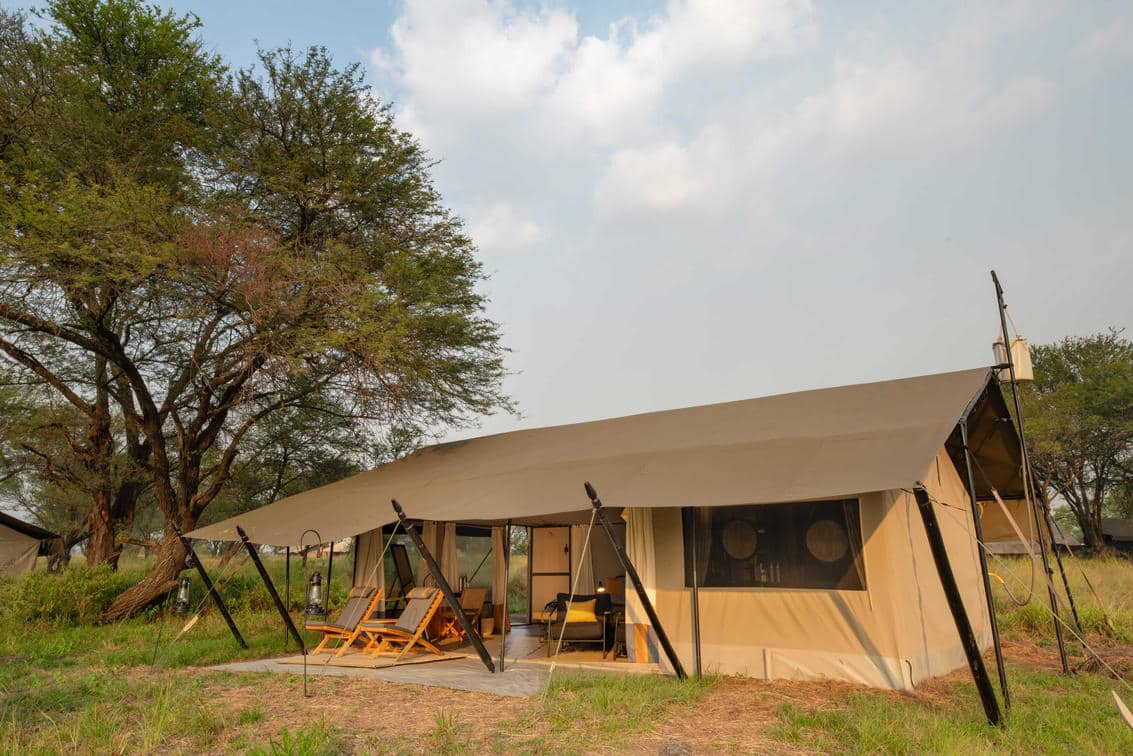
🌍 Plan Your Serengeti Safari with Local Experts
If you’re ready to turn your safari dreams into reality, connect with Great Image Expedition, Tanzania’s trusted safari operator. With a decade of experience and a passion for personalized travel, they’ll design the perfect itinerary for:
- Luxury Tanzania Safaris
- Family-friendly Serengeti tours
- Tanzania Honeymoon Packages
- Photographic Safaris
📩 Email: info@gie.co.tz
🌐 Website: www.gie.co.tz
Final Thoughts
The Serengeti is not just a place—it’s an emotion, a story unfolding, a testament to the wild. Whether you’re captivated by roaring lions, enchanted by lilac-breasted rollers, or humbled by the sight of thousands of animals on the move, the Serengeti will leave a mark on your soul.
So what are you waiting for? Explore Serengeti Park, Tanzania—and experience the magic of Africa, untamed and unforgettable.
